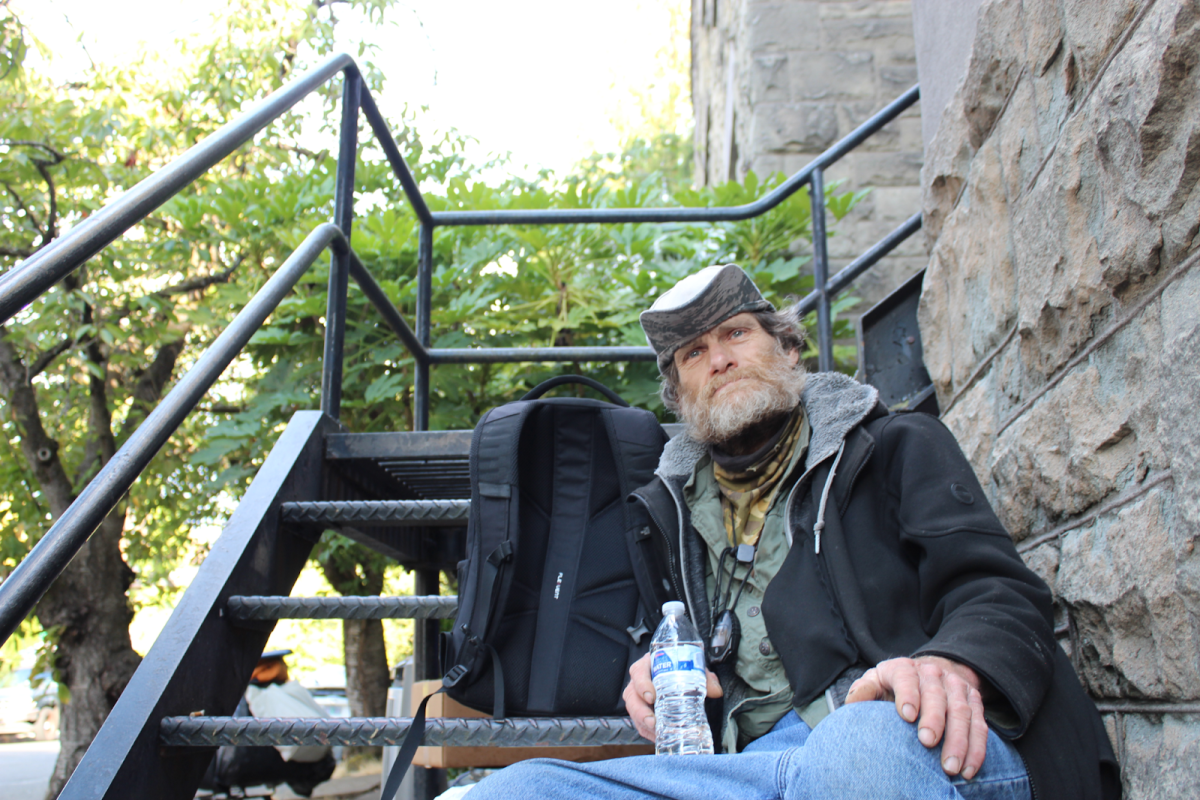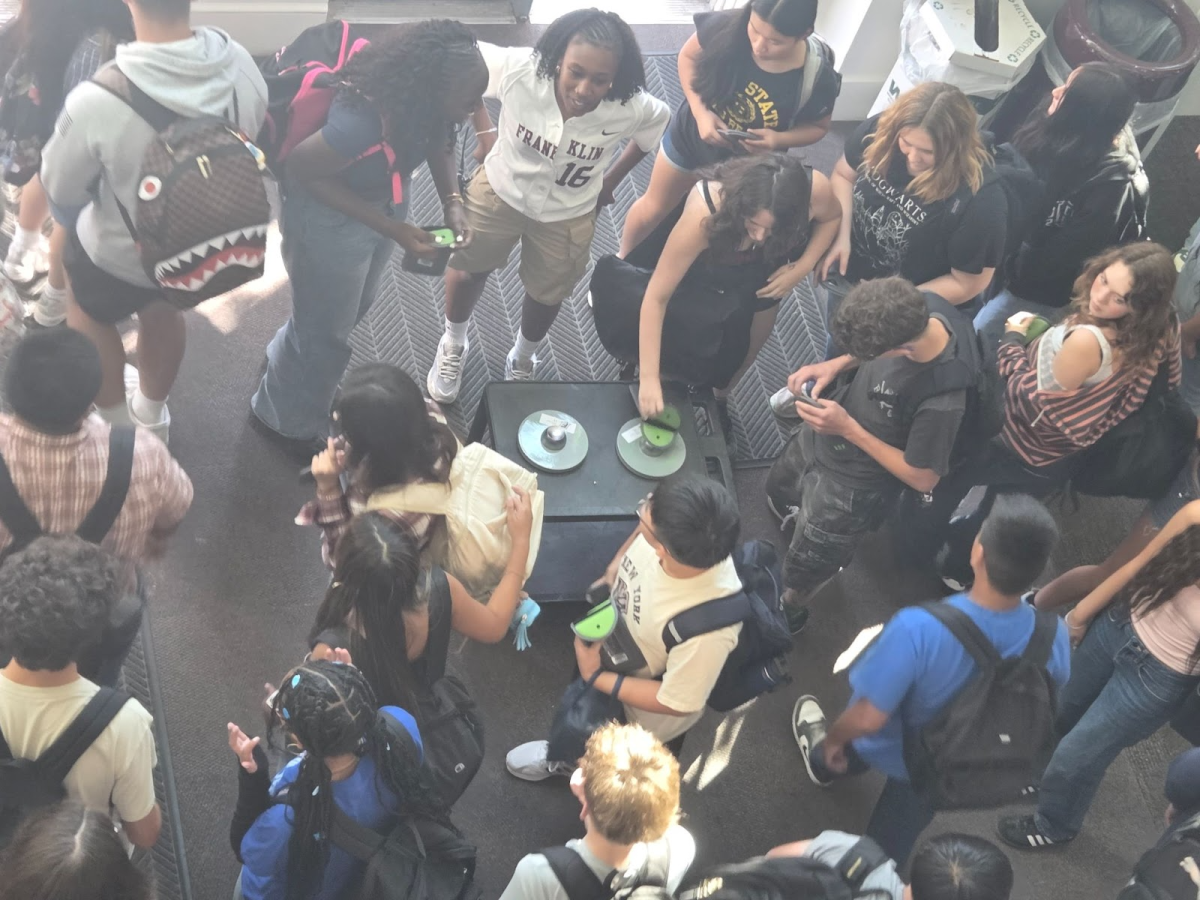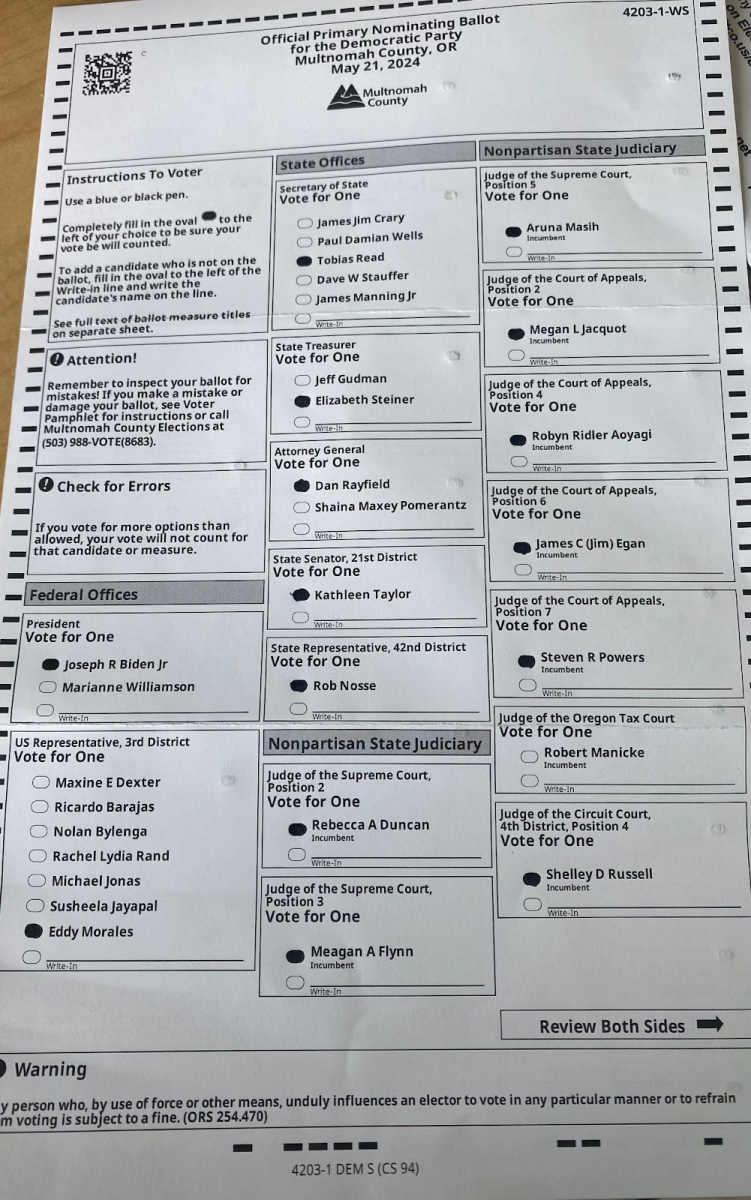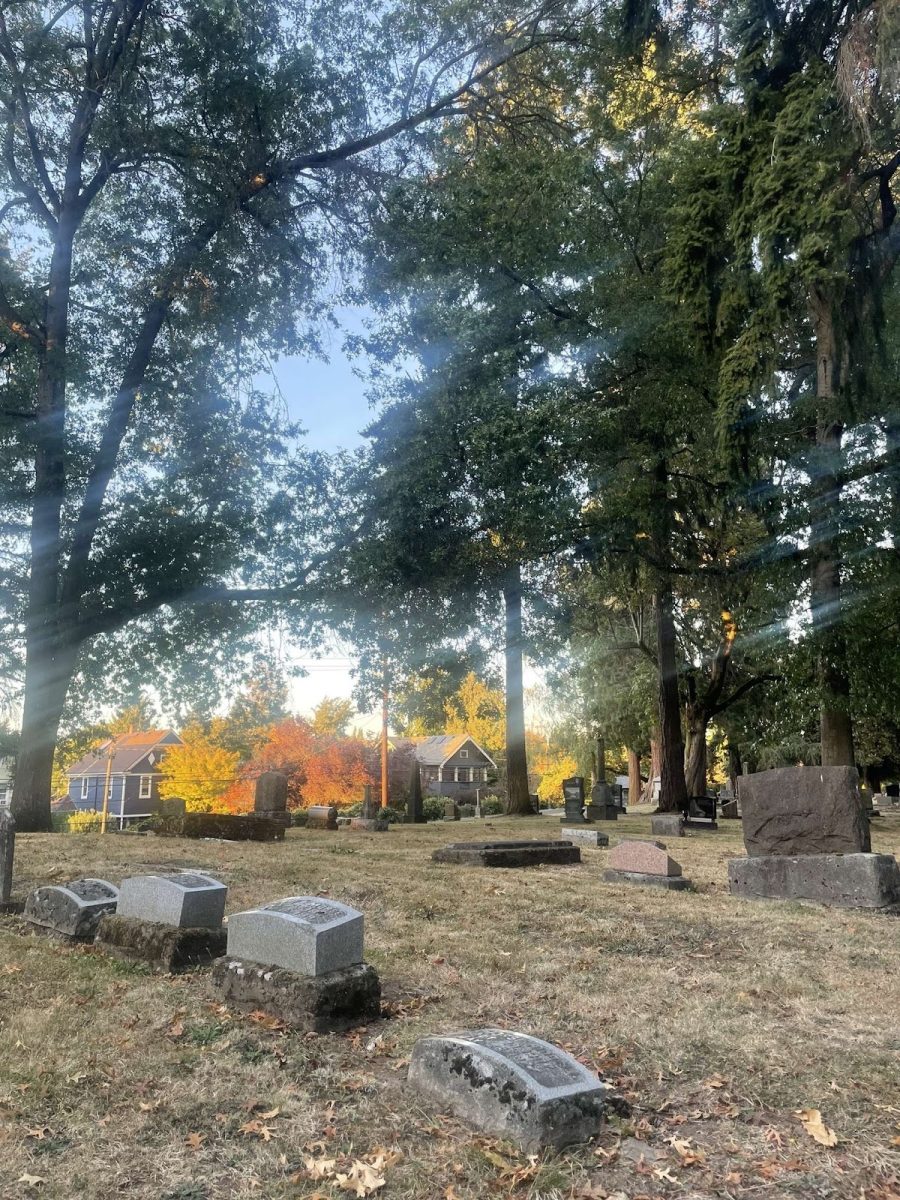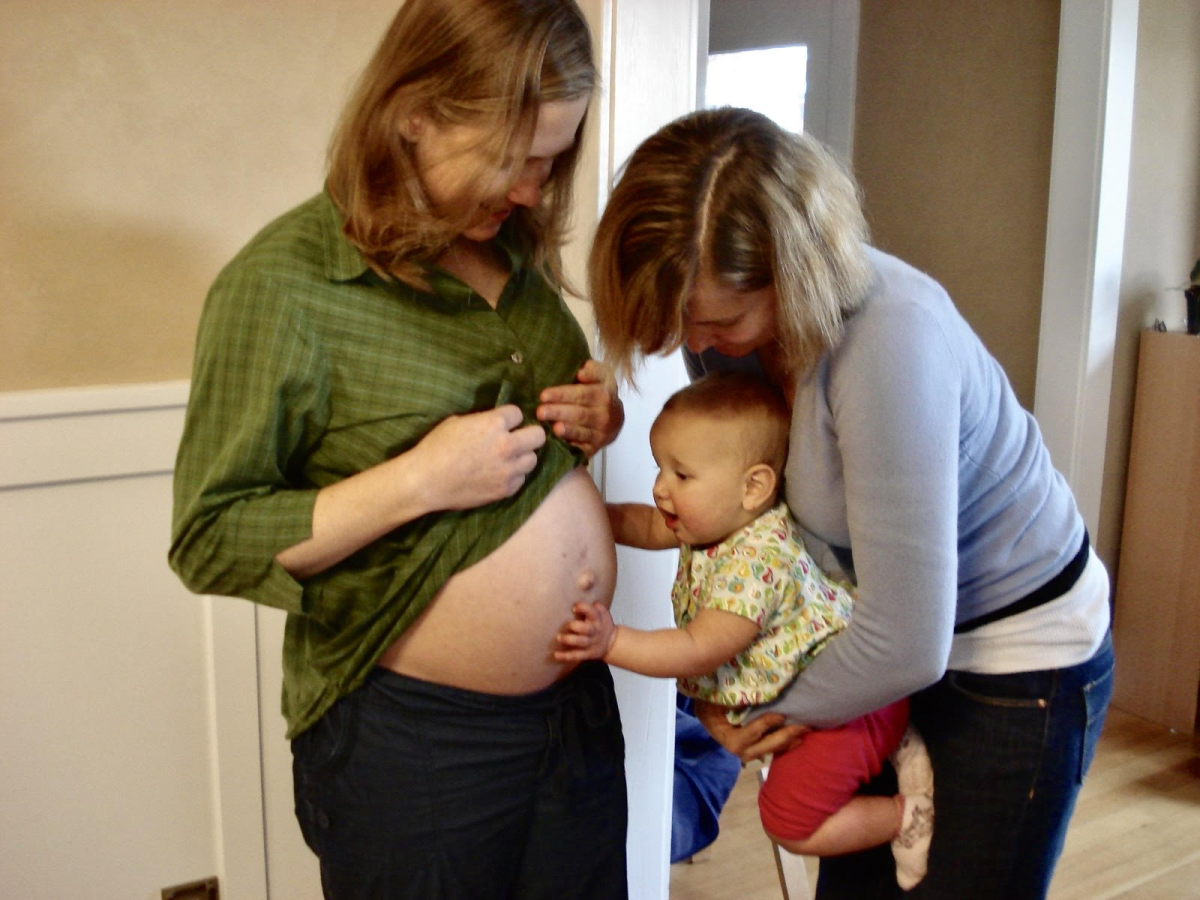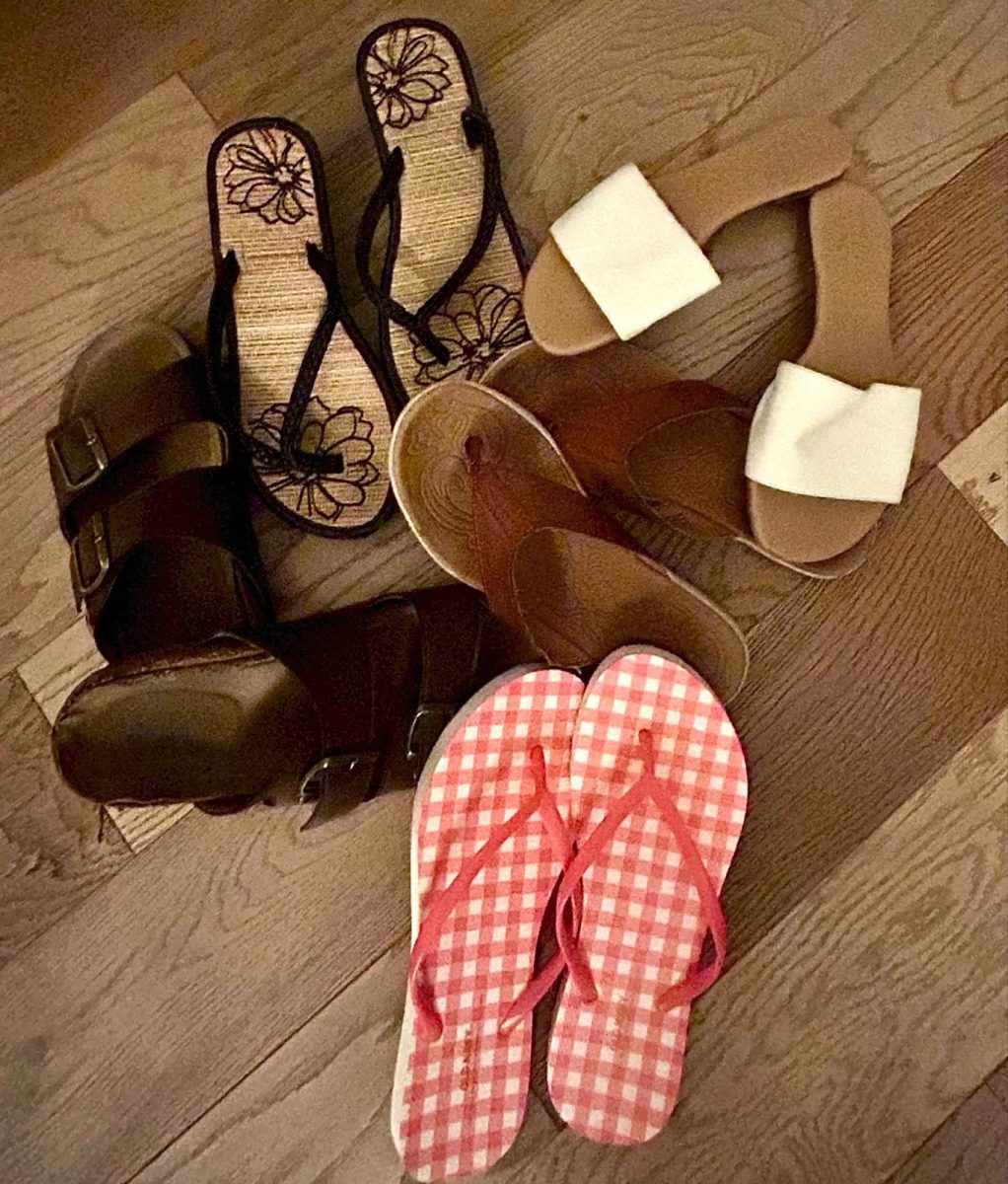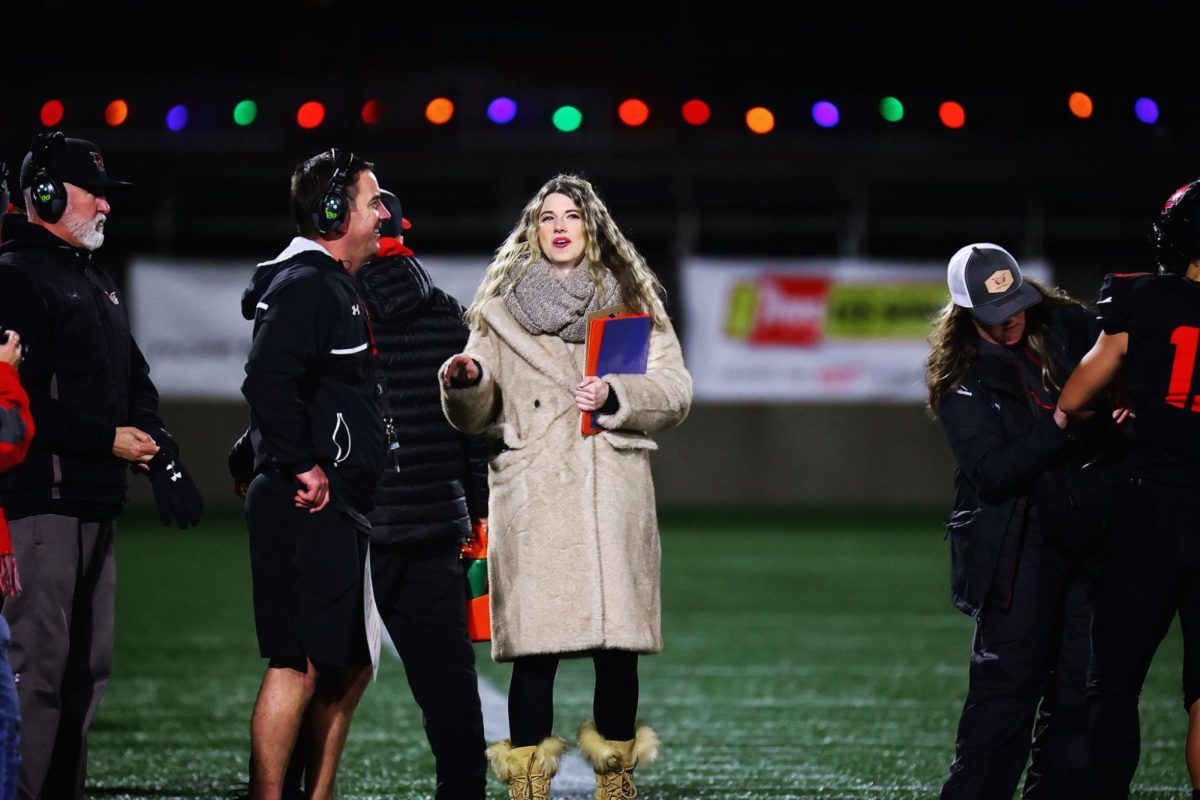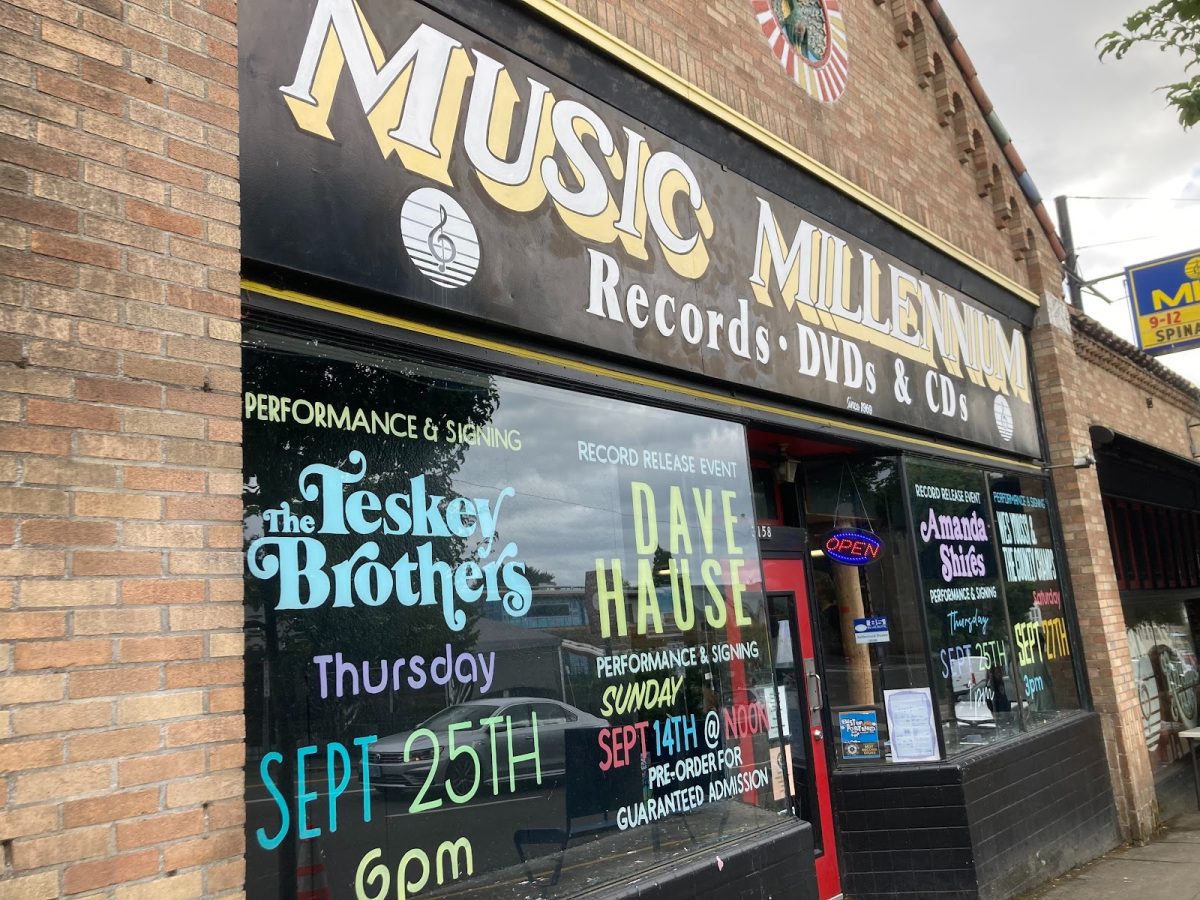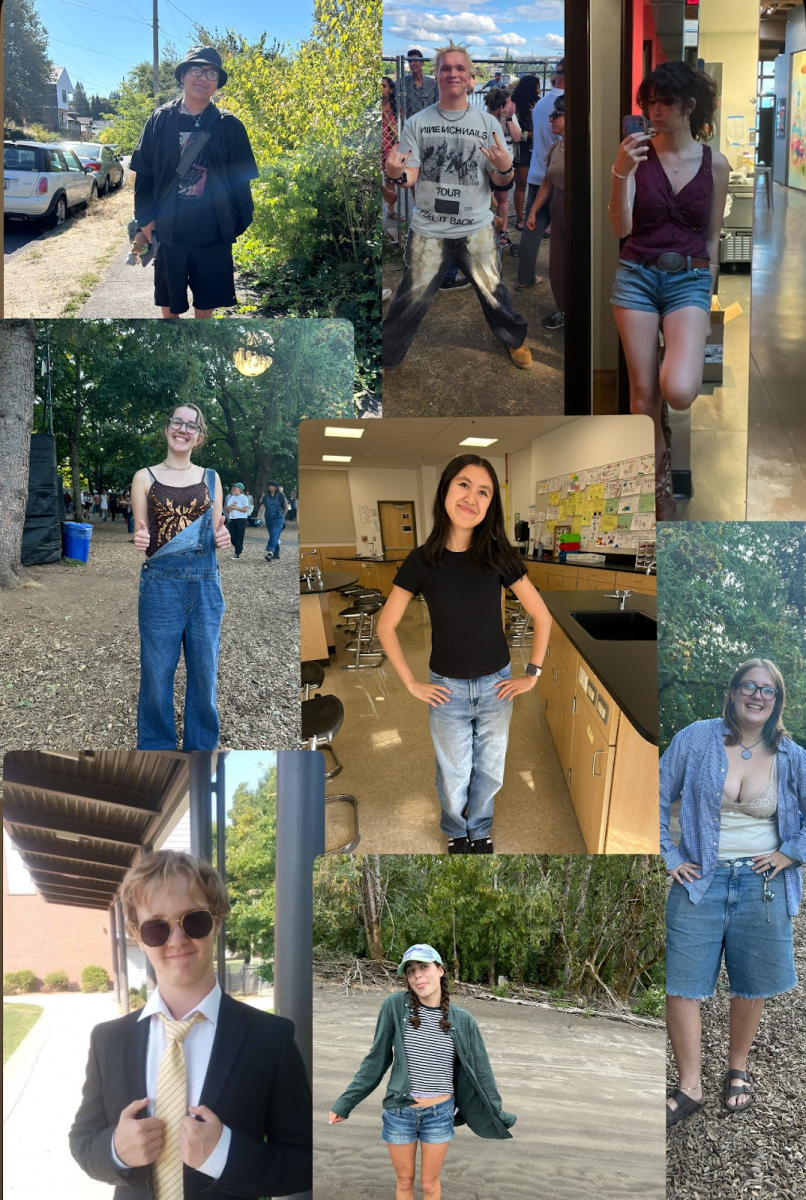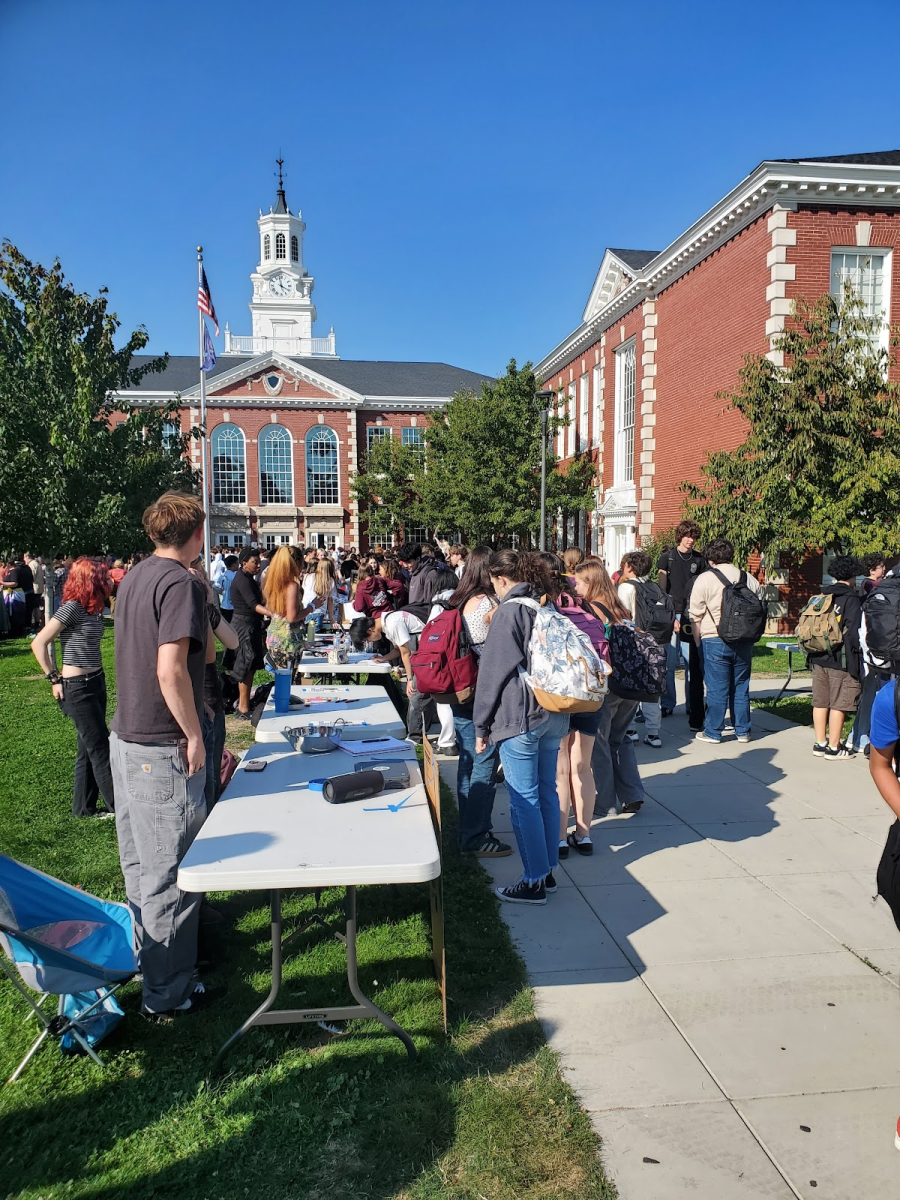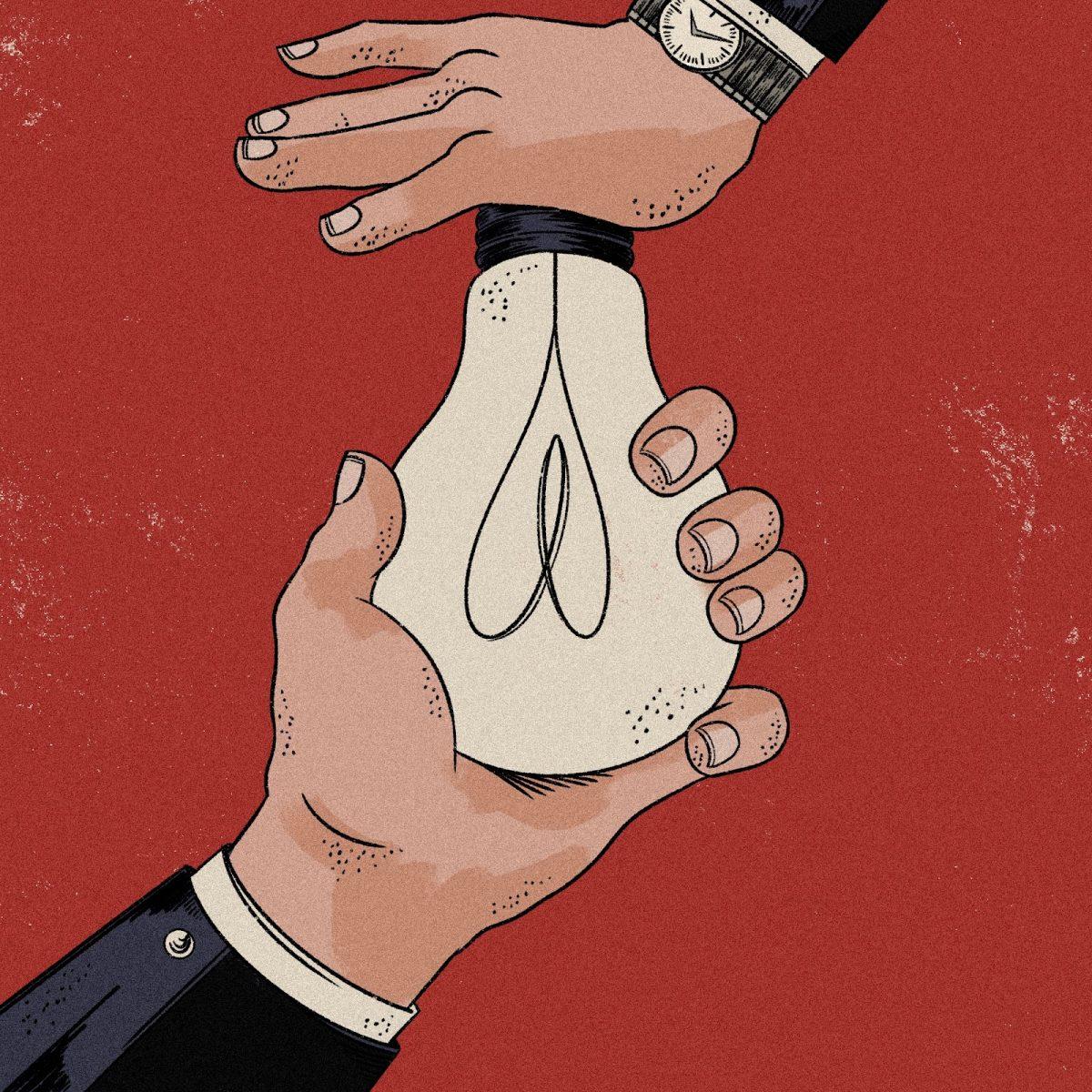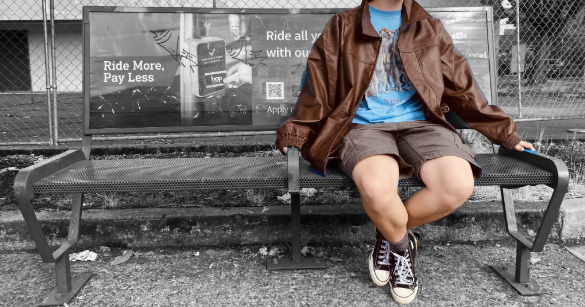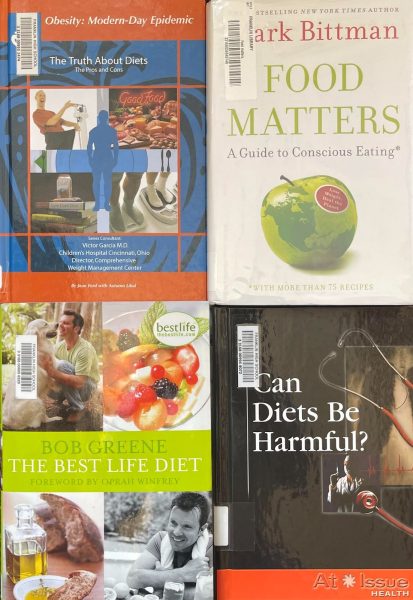
In this age of technology, where people are constantly being influenced by Hollywood, social media, and celebrities, one problem has become even more prominent within American society: body standards. In our ever-online world, all of these images and influences can be streamlined to someone with a simple glance at their phone. According to the Eating Recovery Center, harmful social media consumption is linked to eating disorders, especially in regards to content that promotes harmful diets or unrealistic beauty standards, but it doesn’t take all of the blame. Social interactions with friends and family can also have a major effect on one’s relationship with food, and they can either derail a developing eating disorder or propel it.
A 2017 study for the academic journal Adolescent Health, Medicine and Therapeutics explains how, by the age of 20, approximately 13% of adolescents will develop an eating disorder. This is a statistic fueled by a variety of factors — both personal and interpersonal. Sofia Orr, a Health and Physical Education (PE) teacher at Franklin, said one common sign of developing eating disorders is dieting. “Being on a diet is very socially acceptable,” she explained. Since these early signs can be thought of as “healthy,” Orr emphasized how dieting is often overlooked as something that isn’t alarming. “Then [eating disorders] can go into more social isolation,” Orr remarked.
Orr mentioned a term called “Healthism,” which is “where we have this feeling [that] if you are eating healthily, you are morally superior.” This sort of mindset can be extremely harmful not only to those who are surrounded by it — through words or comments shared by those around them who hold the belief — but also to those who perpetuate it. “We talk in our health class about trying to shift away from having judgments about what people eat because of the societal impacts,” Orr explained.
Physical appearance and health are not always correlated. Abby Ernst, a licensed counselor and eating disorder therapist, shared that “most people don’t have physical symptoms of an eating disorder.” Because everyone is in a different place, it’s impossible to know all of the nuances of another’s situation. Factors that range from someone’s economic class to their access to fresh produce can create hidden barriers for someone trying to maintain healthy habits. One step society can take in the right direction is being more accepting and acknowledging to the fact that no one can know everything about another’s situation.
As the Centers for Disease Control and Prevention estimates that nearly one in 10 Americans will experience an eating disorder in their lifetime, the chance of knowing someone with an eating disorder, whether you are aware of it or not, is high. Despite the frequency of eating disorders, there can be lots of misconceptions about how to approach eating disorders and how to help a friend or family member who is struggling. “Often a reaction when you see someone who is obviously sick is [to say], ‘just eat,’ like, ‘have a few bites.’ And that’s not recognizing it as a mental illness,” said Orr. While it may be tempting to try and help a friend or family member yourself, helping them seek professional help is the best way to help someone recover. Orr also described how, unlike drinking and smoking where those struggling are urged to avoid the habit, “an eating disorder is really hard because you have to eat to stay alive.”
Being conscious of different food groups and their nutritional values can improve one’s physical health, but it’s important to be aware of the true intentions behind analyzing the food someone eats. Focusing on nutritional eating habits to stay healthy is one thing, but following harsh diets to try to fit into a body type or an article of clothing is another.
It is important to note that not all eating disorders are caused by trying to adhere to a certain body type or lifestyle. Ernst mentioned how “someone can develop an eating disorder as a way to find control when they don’t feel like they have a lot of control.” Using food as a distraction is very common in people who are struggling with their personal lives. “If someone is getting bullied, even if they’re not getting bullied for their weight, they might turn to food as a way to cope,” said Ernst. Feeling lonely or unsupported by peers can put someone in a vulnerable place, and Enrst highlights how disordered eating habits can be used as a way to ease this pain.
As society does its best to progress in a positive direction, each individual can strive to better themselves and address their own faults and biases. This is difficult to achieve in an environment where we idolize beauty and attractiveness under very strict parameters. “I remember when I was in high school, there was so much talk about what kinds of food were healthy and unhealthy and what size people were,” Ernst recalled. “Those kinds of discussions can be really damaging.” When a person’s body type becomes a focus of eating habits, it can be easy to lose sight of prioritizing our own health over our physical appearance. Working to support individuals struggling with eating disorders is a continuous battle and it is important to support people who are struggling, whether that be by being willing to have hard conversations or guiding them towards professional help.
